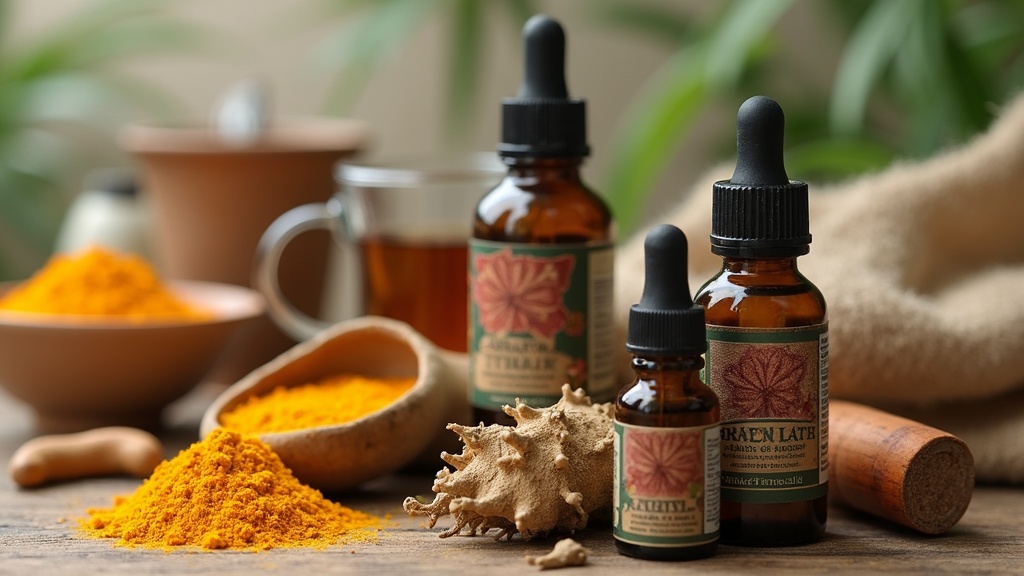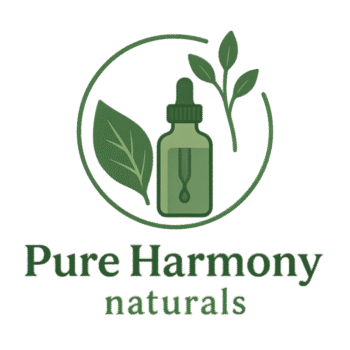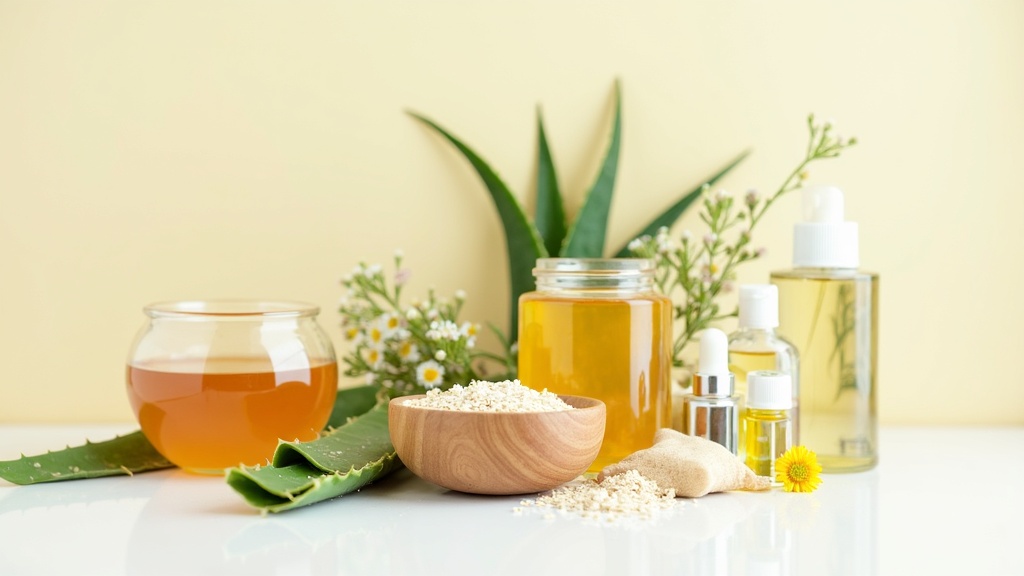If you’re living with arthritis, you know just how much pain can get in the way of enjoying everyday life. I’ve dealt with aching joints often enough to understand how tempting it is to reach for solutions that don’t always come straight from a prescription bottle. There are a bunch of ways you can tackle arthritis pain naturally, and some of them can really make a big difference. Here’s a guide with practical tips and options that you might find helpful for managing those stubborn aches.

Natural Ways to Manage Arthritis Pain
Arthritis pain isn’t just physical. It can wear you down mentally, too, and searching for natural relief is pretty common, especially if you’re looking to avoid some long-term side effects of medications. Natural pain relief usually means therapies, home remedies, and products you can use alongside or even instead of traditional treatments.
I’ve learned that natural pain relief isn’t about one “magic” cure. Most people combine a few things to get the best results. For arthritis, these options often help:
- Topical remedies, creams and gels that you rub right onto your sore spots.
- Dietary changes, focusing on antiinflammatory foods.
- Supplements and herbs, like turmeric or ginger.
- Gentle exercise and movement, like yoga, stretching, or swimming.
- Mind body therapies, such as meditation and breathing techniques.
- Essential oils, which I’ll break down deeper in the next section.
Can Essential Oils Make a Difference for Arthritis Pain?
Essential oils get used in everything from stress relief to sleep support, but they show up in a big way when it comes to joint pain, too. I’ve tried everything from eucalyptus oil rubs to diffusing lavender during flareups, and while these aren’t miracle fixes, they can be pretty handy when paired with other strategies.
The idea is that certain essential oils have properties that may help reduce inflammation, calm muscle tension, and even numb pain for a bit. They’re easy to use (just don’t put them straight on your skin. always mix with a carrier oil!) and come in several convenient forms.
Popular Essential Oils for Arthritis Relief
- Lavender: Known for its calming effect, lavender oil also has a bit of an antiinflammatory benefit. I find it really relaxing, and it’s a nice way to wind down if pain is keeping you up at night.
- Peppermint: This oil gives a cooling sensation that feels great on sore joints. The menthol in peppermint helps distract your brain from pain, and it can ease mild muscle aches, too.
- Eucalyptus: I like this one for rubbing onto my knees after a long walk. Eucalyptus oil may help soothe swelling and reduce tension around the joints.
- Frankincense: Used in a lot of old-school natural remedies, frankincense is believed to support joint health and reduce inflammation for some people.
- Ginger: You probably know ginger as a spice, but as an essential oil, it’s got a warming quality that can calm stiff joints and boost blood flow to the area.
How to Use Essential Oils for Arthritis Pain
- Topical application: Mix a few drops of your chosen oil with a carrier oil (something like almond or coconut oil) and massage gently into sore areas. This is probably the most direct way to find out if the oil helps you.
- In a warm bath: Add a couple of drops mixed with Epsom salt, never directly to the water, and soak for 20 minutes. The combined effect of the oil and the bath can feel really soothing.
- Diffusion: While it won’t touch your joints directly, diffusing oils like lavender or eucalyptus can contribute to relaxation, which helps manage the tension pain can cause.
If you’re curious about more in-depth info on safety, there’s a helpful guide at the Arthritis Foundation (Essential Oils for Arthritis).
Diet and Supplements for Less Inflammation
Painful joints often get worse with inflammation, so I always keep a close eye on my diet. Certain foods are linked with lower inflammation, and adding these can sometimes make day-to-day aches more manageable. It helps to keep a food journal and spot patterns that may trigger extra joint pain, so you can adjust your meals accordingly.
- Omega 3 fatty acids: Found in fatty fish, flaxseed, and walnuts, omega3s may help ease swelling in joints. Some people use fish oil supplements for extra support.
- Turmeric: Turmeric has a compound called curcumin that gets a lot of attention for being antiinflammatory. You can use turmeric in cooking or try a supplement, just check with your doctor if you’re already on medications.
- Ginger: Works well in food, teas, or as a supplement. Ginger not only helps with gut health, but some research shows it lowers inflammation, too.
- Fruits and veggies: Colorful options like berries, spinach, and cherries are packed with antioxidants that protect your joints from further damage.
- Vitamin D: Some folks with arthritis are low in this vitamin, and boosting your levels through sunlight or supplements can help support bone health.
Also, don’t forget to drink plenty of water. Staying hydrated can support your joints and help your body deal with inflammation naturally.
Simple Lifestyle Changes that Add Up
I’ve found that sticking with some basic habits can really help manage arthritis pain day after day. While there’s no single magic trick, making these any part of your daily routine can lead to less discomfort over time. And if you keep up with these healthy choices, you might see a steady improvement in how you feel.
- Keep Moving: Low impact activities like walking, swimming, or gentle yoga keep joints from getting stiff. Even short but regular movement during the day helps.
- Pace Yourself: It’s easy to overdo things on a “good” day. I try to break up tasks, use tools that make moving easier, and rest before pain starts flaring up.
- Focus on Sleep: Getting enough sleep goes a long way for overall pain management. I set a consistent bedtime and create a calming beforebed routine, often using essential oils for extra comfort.
- Apply Heat or Cold: Warm compresses help with stiffness, while ice packs can cool down swollen joints. I switch things up based on what type of pain I’m feeling.
If you spend a lot of time at a desk or in front of a screen, try standing up and stretching every thirty minutes or so. These short breaks can lower stiffness and keep your body in better shape to deal with arthritis discomfort. For those dealing with more severe pain, physical therapy may also offer helpful, tailored exercises to gently strengthen sore joints over time.
Common Challenges and How to Deal with Them
- Finding Reliable Products: With so many natural options out there, it gets confusing. I look for products that are tested for quality or recommended by trusted sources. When in doubt, asking my pharmacist or healthcare provider helps.
- Testing for Allergies: Natural doesn’t mean risk free. I always test a new topical oil or cream on a small patch of skin first.
- Managing Expectations: Natural remedies can take a while to work, and some options might not give the same immediate relief as overthecounter painkillers. I track what works in a journal and adjust routines as needed.
- Combining Approaches: I combine natural therapies with my prescribed treatment plan for the best results. If you want to make a switch, your doctor can help you plan safely.
Being patient and consistent with natural remedies is important. Sometimes it takes weeks or months to notice a shift for the better, so checking in with your healthcare provider along the way can help you stay on track with your goals.
Trying Essential Oils Safely
When working with essential oils, using the right dilution is really important. For arthritis pain, a 2–5% dilution is typical. this means about 3 to 6 drops of essential oil per tablespoon of carrier oil. Never use essential oils directly on open skin or wounds. Don’t eat essential oils, and keep them away from the eyes. If you’re pregnant, nursing, or have other health conditions, check with your doctor or an aromatherapy specialist about safety.
Frequently Asked Questions
People ask a lot of questions about natural pain relief for arthritis. Here are answers to some of the ones I hear most often:
Can essential oils actually replace medication for arthritis pain?
They might help as an addition, but they usually aren’t a direct substitute for prescribed treatments. Some people find they can use less medication with regular use of natural therapies, but it’s always good to talk with your doctor first.
What natural supplement is best for arthritis pain?
There isn’t one “best,” but turmeric, ginger, and omega 3s are backed by some research. Check with your healthcare provider before adding new supplements, especially if you’re already taking medications.
Are there risks in using natural remedies?
Any remedy, even natural ones, can have side effects or interact with other medications. Skin irritation or allergic reactions can happen with essential oils, so start slow and test everything on a small patch before going all in.
Trying Natural Pain Relief for Arthritis: Is It Worth It?
Exploring natural options for arthritis pain relief takes some trial and error, but a lot of people find at least a few tools that make everyday life more comfortable. It can be encouraging to keep notes about what you try and how you feel on different days; over time, you might spot patterns that help make your plan even more effective. I keep a couple of favorite oils in my closet and rely on movement, food choices, and extra selfcare when my joints act up. Consulting with your doctor and listening to your body helps you figure out what works best for your lifestyle. With patience and the right mix of strategies, natural approaches can definitely give arthritis management a serious boost.


